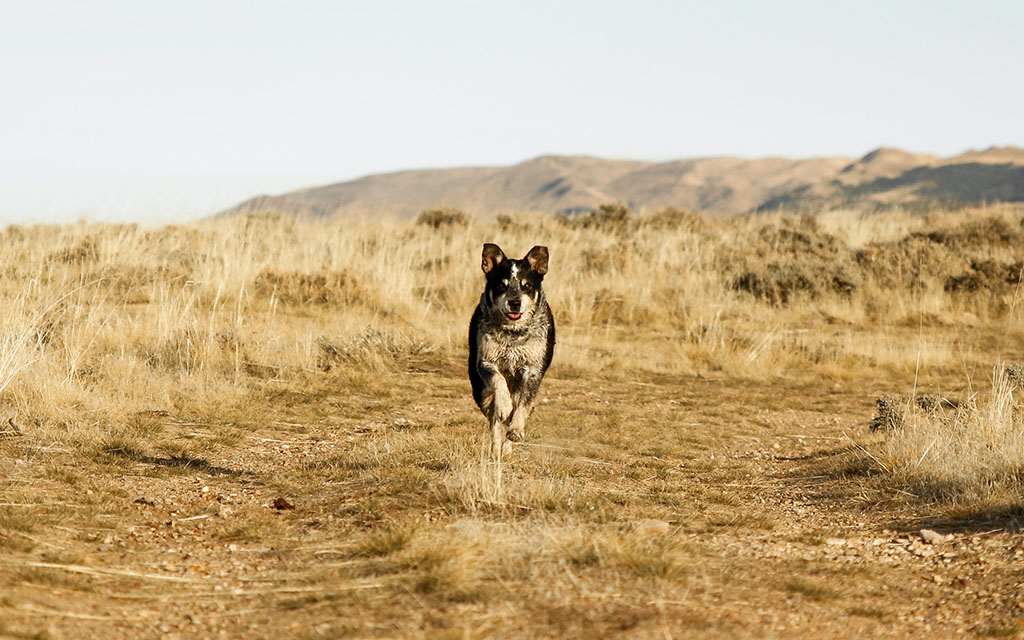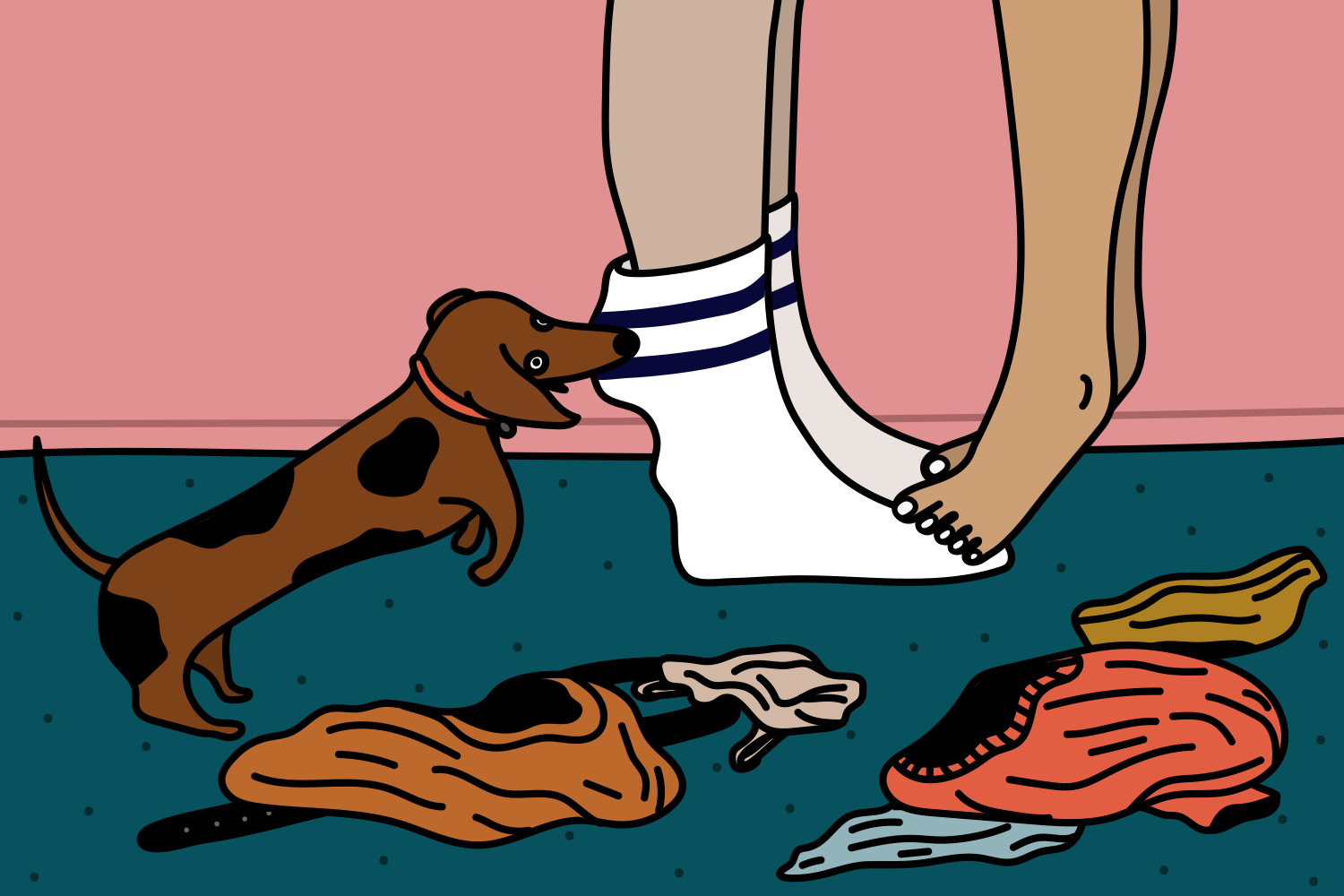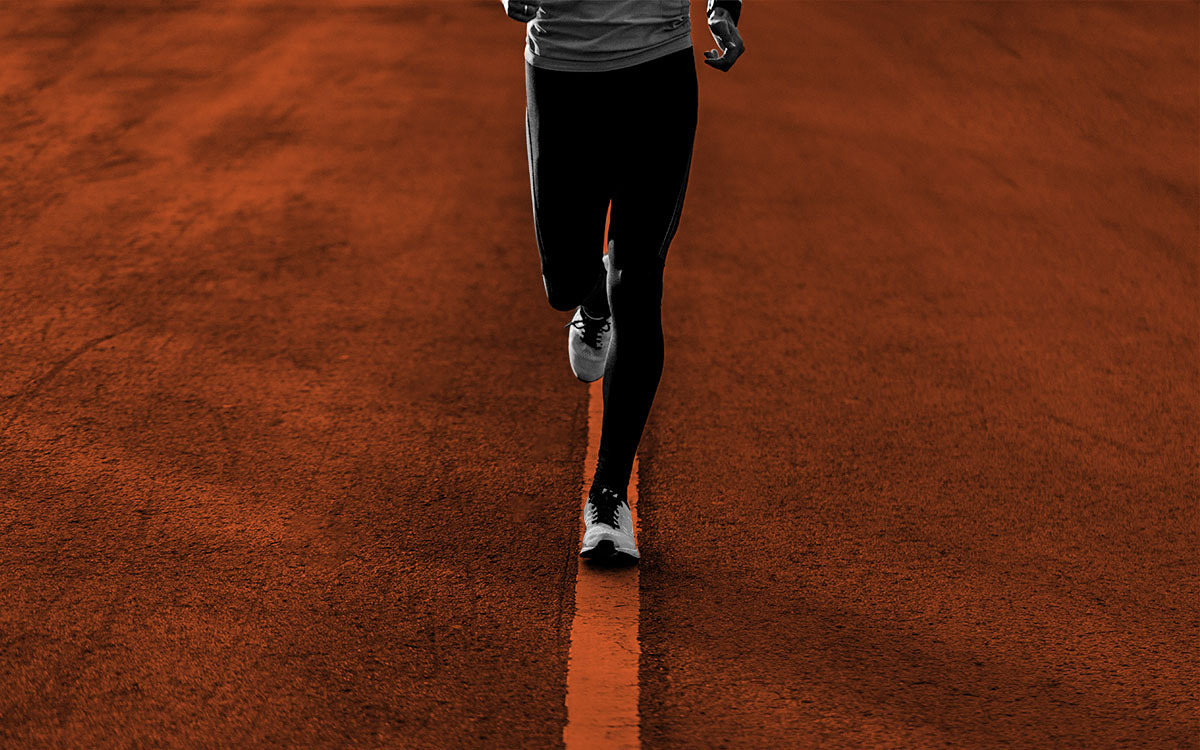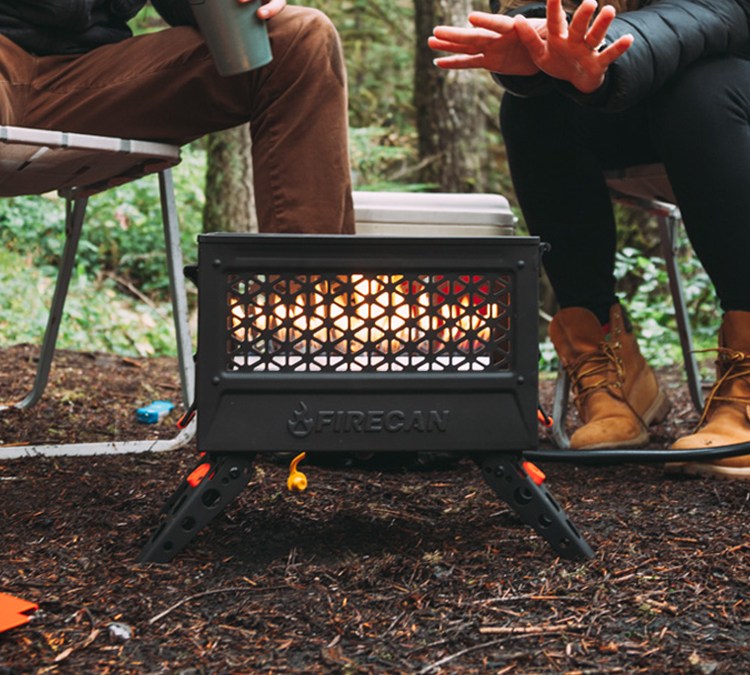Welcome to The Workout From Home Diaries. Throughout our national self-isolation period, we’ll be sharing single-exercise deep dives, offbeat belly-busters and general get-off-the-couch inspiration that doesn’t require a visit to your (now-shuttered) local gym.
“You know who’s really enjoying the national quarantine — my dog!” became such an obvious, throat-clearing quip in the early days of quarantine conference calls that it made its way into an SNL sketch about a Zoom meeting gone wrong. But there’s truth in those words. A 35-year-old LinkedIn staffer who lives in Riverside Park and has been routinely walking her dog Piper even remarked to The New York Times, “It’s going to be a real letdown for them when everybody goes back to work. They’re going to need therapy.”
All that walking has disturbed an imperfect if workable status quo for most households: leave dogs alone during the day, pray they don’t ruin the couch, the return home to an utterly undeserved war hero’s welcome each night. The members of this shifting ecosystem are dealing with the new arrangement a bit differently. Dogs are realizing the planet at midday really isn’t such a mystery. Adoption services are fostering at unprecedented rates. Professional dog walkers are seriously suffering. And the internet content machine — always strong with the pups — is larger than ever as new owners post their first pics and old ones churn out multi-thousand word personal narratives.
As more people spend more time with more dogs, it feels reasonable to anticipate a collision of sorts with another trend of the last two months: a coast-to-coast renaissance in running. For many Americans, the activity has become a sweaty daily necessity, pulling them away from their laptops while giving them a chance to see something besides the same boring walls of their home or apartment, all at an acceptable social distance. In a time otherwise typified by distressing news alerts, the running boom has been gratifying and pure.
Still, it does raise one concern: when some of these runners inevitably take their dogs along with them on runs, whether the human is new to running or the dog is (or, gulp, both), a lack of homework on best practices could lead to long-term injuries for your pet. Considering everything from the age of a dog to the gear it ought to wear to the temperature of the pavement will lead to a more a successful zip around the block. Below, you’ll find a list of simple dos and don’ts for the novice dog-runner, as sourced from trainers, veterinarians and even a specialist in canine liability insurance.

Breed matters
“Some dogs, like Dalmatians or German shorthairs, are born runners. They can easily run a marathon with their owner with proper training. On the other hand, some smaller breeds or brachycephalic dogs might not be able to run at all, such as English Bulldog. They could get overheated and injured by running just a quarter-mile.” — Steffi Trott, professional dog trainer, owner and founder of SpiritDog Training
“There are some breeds of dog who really aren’t made for running, and I would strongly advise against running with them. Essentially dogs with flat faces and short noses — they’re called brachycephalic breeds, and examples would be Boston Terriers, pugs and bulldogs. Next up: look at your dog’s legs. If they’re short compared to their body size (dachshunds, shih tzus, etc.), you’ll need to keep things gentle. If your dog is particularly muscly, meanwhile, they might be better suited for sprinting than jogging. Breeds like whippets and greyhounds fall into this category. Very hairy breeds, like huskies and malamutes, can be great at running, but they overheat quickly. These dogs are designed to run for long distances and are perfect running companions, but they’re cold-weather specialists. Be very careful going running with these dogs in warm weather, and make sure you go early or late in the day, when it’s cooler outside.” — Dr Jordan Turner MRCVS, veterinarian, founder of YourPetProfessional
And so does age
“The first thing to consider is the age of your dog. Dogs who aren’t yet fully grown are still too young to take running. Until a dog has reached their full adult size, their joints are still developing. If you run with a dog too soon, they’re more likely to get joint problems or arthritis later in life. Play it safe and wait until they’re fully grown. The age you can start running with a dog varies with breed, but remember that smaller breed dogs mature faster than bigger ones. A good rule of thumb is to wait one year for small and medium dogs, 18 months for large dogs, and two years for really big breeds.” — Dr. Turner
“Dogs who are significantly overweight, elderly, or are dealing with health problems tend to do better with slower walks.” — Dr. Jennifer Coates, on the advisory board at Pet Life Today
Gear up accordingly
“You’ll want a longer leash for smaller dogs (closer to ground height) and a shorter leash for larger breeds, in order to give you more control. I don’t recommend hands-free bungee leashes until you know for a fact your dog won’t be leash-reactive while running. Generally, you’d want to test them on a run at least a couple times before going to a hands-free leash. Once you have a little experience, hands-free is a great option. More control is better until you know your pup is comfortable with running.” — Kelly Wilson, managing editor at LoveYourDog.com, member of the Association of Professional Dog Trainers and the Dog Writer’s Association of America
“If your dog tends to pull on their leash, get a harness, as these do not put added pressure on the trachea. I do not recommend using a retractable leash, as these can easily break or your dog can get out too far ahead of you and get hurt.” — Dr. Sara Ochoa, DVM, veterinary consultant for doglab.com
Start slow, keep it easy, don’t go too far
“If your pup hasn’t gone running with you routinely before, start in a less crowded space. Running with your dog can cause them to be overwhelmed when taken to a public place with crowds, especially if they aren’t used to running routinely.” — Wilson
“Signs that a dog needs to stop or at least take a break include lagging behind, trying to drink from puddles, excessive panting, attempting to rest in cooler locations and limping. If your dog appears stiff or uncomfortable the day after a run, you probably went too far and/or fast.” — Dr. Coates
“For dogs that are new to running, raw paw pads from running on concrete are common. Pads need to build up calluses and become stronger over time, just like going barefoot for humans. But the repetitive impact of running on roads can also do long-term damage. Dogs don’t wear fancy running shoes like their owners; all that impact gets absorbed by their legs, hips and shoulders. If you are running with your dog a lot, try and pick some trails or unpaved paths to make this easier on his or her body.” — Trott
“For some dogs, a mile run is no problem. But others will struggle with handling more than a few blocks. Distance can take its toll on large dogs, specifically English mastiffs and other large breeds. When a mastiff stops running or walking, you definitely don’t want to be so far from home that you have to carry them back (speaking from experience here, as I own two mastiffs).” — Wilson
Check the temperature
“Dogs cannot sweat. They cool down by panting, and they can pant a lot better when trotting rather than galloping. If your dog seems to get tired while galloping, just take a break or run a bit slower. It helps to bring water along for your dog, too. But before even committing to a run, touch the pavement with the back of your hand. Is it hot to the touch? Then it’s probably too hot for your dog to run on it. Overheating is a big concern, and dogs usually do not show us how hot and tired they are until it is nearly too late. Many high-drive dogs (such as German shepherds) do not stop themselves when they get too hot. They need to have breaks scheduled by their owners. This will especially apply if your dog has a black and/or thick coat.” — Trott
Stay alert out there
“An issue I find most frustrating is when other runners keep their dogs off the leash while running. Their focus can deviate quickly from their dog, who can fall behind before the owner notices. I was recently in a sticky situation while walking my malamute — a runner had her large dog off its leash, and she ran towards me with her earphones in. I stopped and held my dog tight to my side as she ran past us, but her dog promptly ran up to mine and started growling in his face. Due to the earphones (and lack of eyes in the back of her head), she was completely oblivious for a few scary moments.” — Dr. Tracey Evans, professional scientific writer and researcher
You don’t want to end up in a legal mess
“One area that is rarely discussed is how to prevent lawsuits as a result of your dog injuring a person or another animal. Runners (with or without dogs) often run up behind another walker or runner. This can startle the dog in front, who might snap out of fear for themselves and the owner, and potentially cause harm. The dog who reacted, sadly, will likely be labeled dangerous as a result. So when you’re out on the roads, remember: if there is little room to pass, either notify the runner in front of your intentions, or wait for an area that will allow a safe distance to pass. If you have a big dog and a smaller dog approaches, even if it’s off-leash, I can guarantee that the large dog will lose in court. This can lead to fines, a dangerous dog designation or at worst, euthanization. It isn’t fair, but that’s how the system works.” — Deborah J. Turner, President at Dean Insurance, provides canine liability insurance at dogbitequote.com
Make sure you’re both feeling it
“Gauge your dog’s interest in the activity. You and your dog should be running in sync with each other, with neither the dog pulling you forward, nor you dragging your dog behind you. It should be relaxed, mutual, and something that you are both clearly enjoying.” — Jeff Carbridge, dog trainer, expert at DogOwner.UK
This article was featured in the InsideHook newsletter. Sign up now.




















